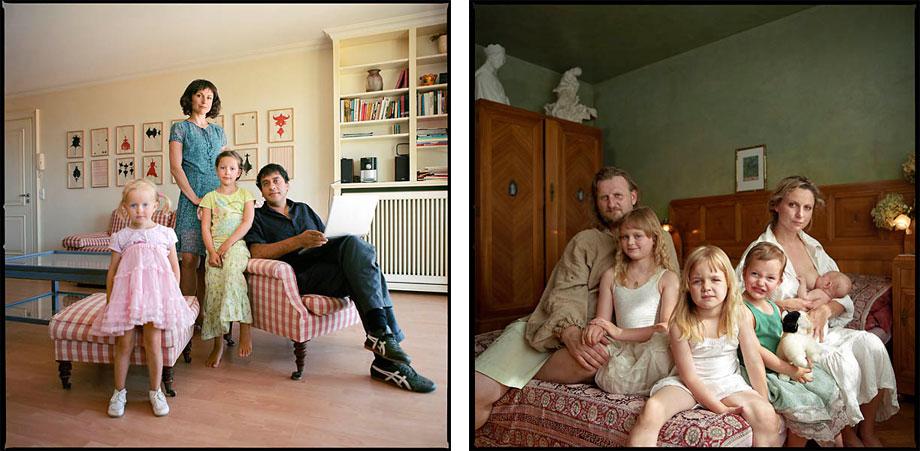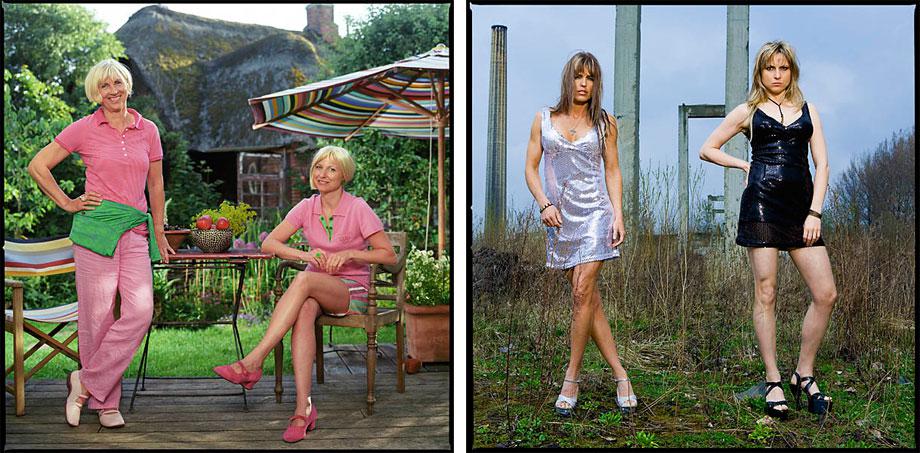After moving to Germany at 19 to work as an au pair, Czech-born Dita Pepe spent her first paycheck on a camera. Raised in a communist country, she became fascinated by the way Germans lived their lives and started documenting her experiences. Soon she turned the focus on herself.
“One of the main reasons I went to Germany was to get away from my dominant father whose influence on me led to my low self-esteem,” Pepe wrote via email. She went to therapy; spent time in libraries; took on a variety of jobs, including working as a waitress and a cleaning lady; and eventually married an older psychology student named Francesco Pepe (they would eventually divorce) who supported her study of photography.
It’s hardly surprising Dita Pepe would end up focusing on herself as a subject, creating a body of work of roughly 100 images she titled “Self Portraits.” She recently created a monograph, Dita Pepe: Self-Portraits, published by Kant in May.
Pepe began “Self-Portraits” in 1999 by photographing women she found interesting, but with a twist: She turned herself into what seemed to be their doppelgängers, their friends, or their relatives, resulting in portraits that bring to mind Cindy Sherman, to whom Pepe finds comparisons of her work very flattering. A few years later, Pepe added men to the images, posing as their wives and eventually created family portraits using her two daughters in the images.
“Taking self-portraits with men made me realize how different partners influence one another,” Pepe wrote.

Dita Pepe

Dita Pepe
Pepe’s “Self Portraits” are not limited to age, character, or social status. Vladimir Birgus, a professor and the head of the Institute of Creative Photography at Silesian University in Opava, Czech Republic, where Pepe received her master’s degree, wrote that Pepe is a “chameleon” and that she “adapts to the people with whom she is photographed.”
Initially, Pepe found the subjects in her photographs through family and friends, but she soon ran out of models and started approaching strangers to see if they would participate in the project, a part of the process that wasn’t just about making portraits.
“It was very important for me to explain the purpose of my work to make those involved comfortable with me,” Pepe said. “We talked about the relativity of life events, how little it would take to be born in a different family, have different friends, partners … working together helped me to understand personal views and how to deal with different aspects of life, the importance of various values and how to grasp moments of happiness; this project influenced my perception of the world and myself.”

Dita Pepe
